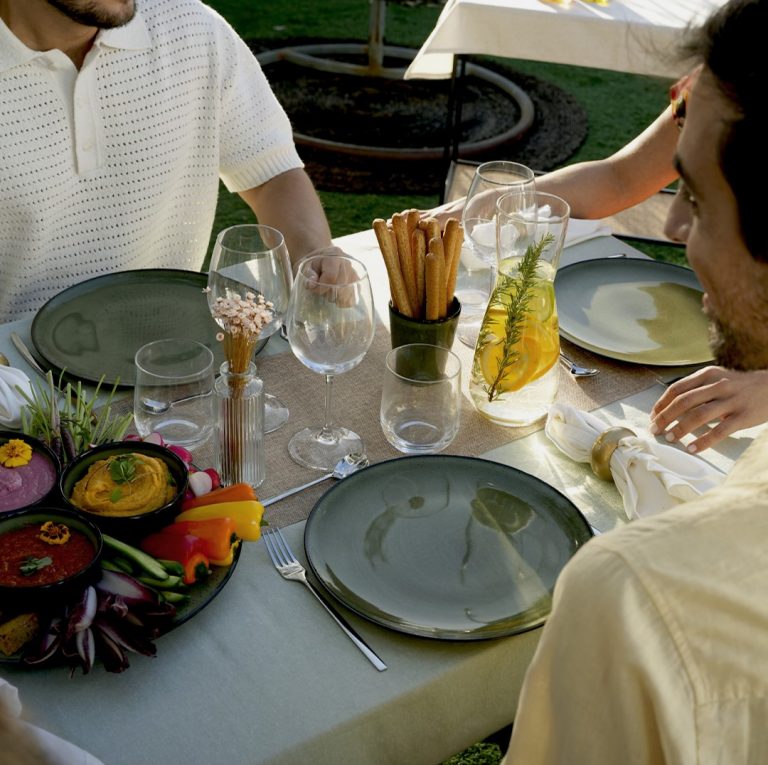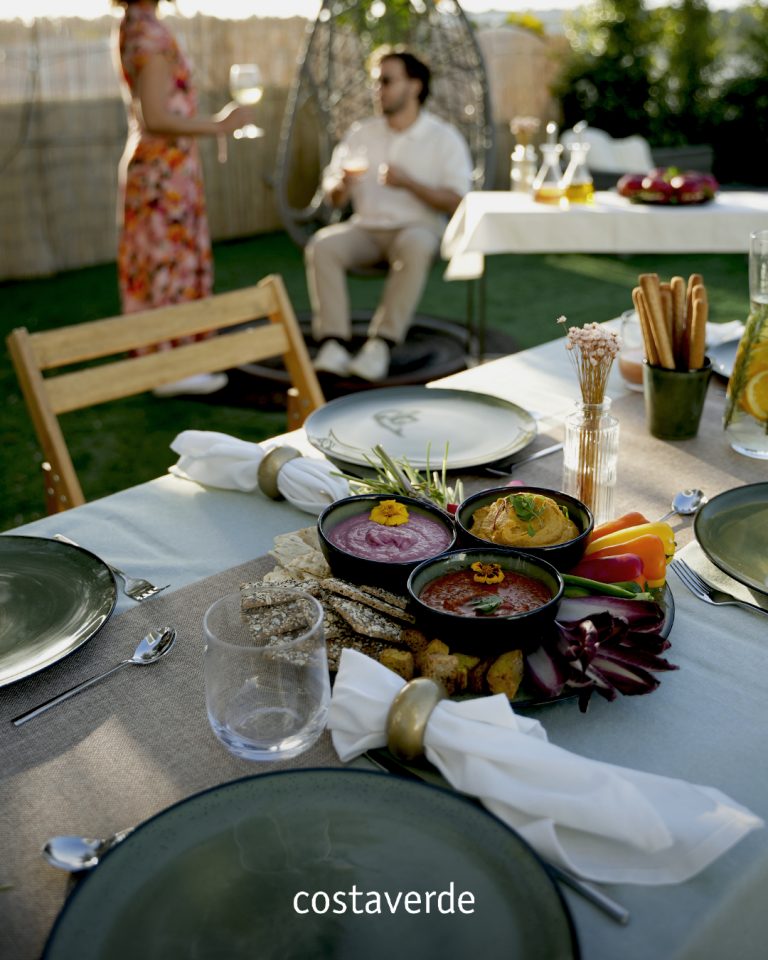
Menu

The history of coffee is one of the richest and oldest in the world. It is believed to have been discovered between the 7th and the 9th centuries, in Ethiopia. It is reported that the coffee tree was used by African tribes, in order to give strength to their warriors. Also during the longer trips, the herds were fed with this plant, in order to keep the animals energetic.
Today, coffee drinking is a widespread cultural habit across the globe. But there is a vast story to tell about this delicacy so much appreciated by society that has left its mark across various territories.
An old legend says that, while he was taking care of his goats, a shepherd noticed a curious fact. He found that the animals became more active when they ate a plant with reddish fruits (the coffee tree). Intrigued by this situation, he decided to taste some fruits and felt stronger and more energized.
His discovery pleased him so much that he decided to share it with a monk of his acquaintance. This one used the berries of the plant, in another way. He prepared an infusion, using it to maintain concentration and ward off drowsiness in his prayers.
By word of mouth, the benefits of coffee have spread around, and this drink has thus begun to be known and appreciated.
The spread of coffee around the world
Coffee tree growth originally came from the Yemeni Islamic monasteries, in small quantities. Due to its success, it quickly spread throughout the whole Arabian Peninsula, by having reached Europe, during the 14th century.
By acknowledging the potential of this drink, a group of Dutch merchants took the plant into Indonesia. The aim was producing it, in abundant quantities, for later commercialization. Having succeeded, coffee soon reached America and India. Its consumption, then, spread around the world. Roasted beans, as they are known nowadays, came from the 16th century.
There are currently two varieties of coffee: Arábica and Robusta. Arábica is, undoubtedly, the most popular, by being characterized for its aromatic and mild flavour. On the other hand, Robusta is stronger, has more caffeine and a more intense aftertaste.
Most of the coffee batches, produced nowadays, result from a combination of these two species. The purpose is to achieve a perfect balance between both and improve your tasting.
Iconic cafeterias marking the history of coffee
Globally recognized and appreciated, coffee, once an exclusive delicacy of elites, has become a routine product. With such success and demand, cafeterias began appearing all over the place. The aim was creating an exclusive space in order to enjoy the drink, by providing the conviviality of its appraisers.
Even today it is possible to find iconic cafeterias persisting in time, spots for encounters between friends, artists and politicians. Many of them, merge with the history of the cities themselves.
-
Le Procope, Paris
Established in 1686, it is the oldest, and enigmatic, continually functioning cafeteria of the French Capital City. By having been a much sought-after space by the political, artistic and literary community of Paris, it was attended by well-known personalities, from Napoleon Bonaparte and Jean-Jacques Rousseau to Diderot and Verlaine.
-
Florian, Venice
Located at Piazza San Marco, since 1720, this café was one of the first in the world to admit women. The space has always been known for the irreverence and revolutionary spirit of its owner: Floriano Francesconi.
-
Central Wien, Vienna
Opened to the public in 1876 in the Austrian Capital City, this iconic spot stands out for its architecture but, also, for its history. It was an important meeting point for local personalities such as Freud, Lenin and Trotsky.
-
A Brasileira, Lisbon
Established in 1905, it holds an undeniable historical tradition, by being a mandatory stopping point for those visiting the city. It is known to have been the chosen cafeteria for the poet Fernando Pessoa, as well as Almada Negreiros. This space, located in the heart of Chiado, has kept the same decoration since its inauguration.
Coffee beyond the “bicas” and “cimbalinos”
In different parts of the world, combinations emerged, which have become references on how to prepare and taste this drink.
-
Espresso
The term espresso refers to a preparation, as quick as possible. It is widely appreciated across Italy, France and Portugal. In an espresso, a soft and creamy texture, resulting from fine grinding, is obtained.
-
Macchiato
This term means stained in Italian. Originally, it is the combination of an espresso with a frothy milk stain. It is appreciated by those who want a milder flavoured espresso, with an even more creamy texture.
-
Cappuccino
It is one of the mostly appreciated varieties, worldwide. It consists of milk, espresso and steamed milk, by forming a thick and very creamy foam. It is believed that the original recipe was born in Italy and there are several variants of this combination.
-
Mocha
Similar to macchiato, but with added chocolate. Its name was inspired by the town of Mocha on the Red Sea coast. Across that region, the coffee beans produced had a slight and characteristic chocolate flavour.
-
Irish
It might be, perhaps, the most irreverent combination: Irish whiskey and an espresso, topped with whipped cream. It can be finished with some cinnamon.
At Costa Verde, we hold a strategic business area dedicated to the world’s leading roasters and coffee brands. Through it, we develop customized porcelain products, which meet the most varied trends. The main goals are to preserve the proper temperature and to exponentiate the intense flavour of this much appreciated drink.
Either if you are a coffee lover or simply a consumer, we suggest you try these varieties or create your own versions. Let yourself get carried away by the aromas and enchantments of one of the most appreciated and tasted products in the world.
Subscribe our blog!




